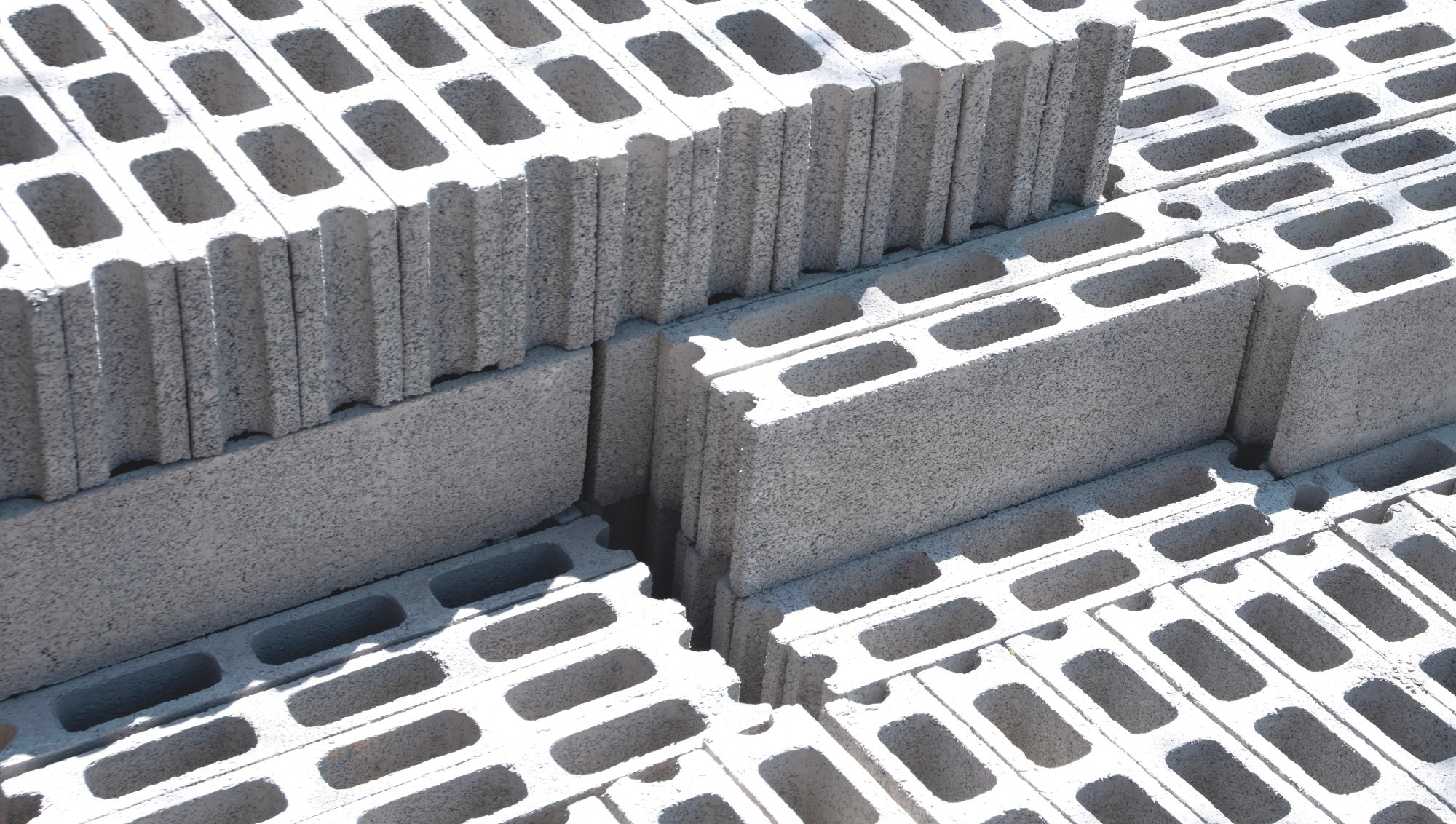Researchers have developed a 3D-printed concrete infused with diatomaceous earth that captures 142 % more CO2 than conventional concrete, marking a significant advance in sustainable construction.
 Study: 3D Concrete Printing of Triply Periodic Minimum Surfaces for Enhanced Carbon Capture and Storage. Image Credit: Kub The Shadow Simple Man/Shutterstock.com
Study: 3D Concrete Printing of Triply Periodic Minimum Surfaces for Enhanced Carbon Capture and Storage. Image Credit: Kub The Shadow Simple Man/Shutterstock.com
The breakthrough, published in Advanced Functional Materials, showcases how combining innovative material chemistry with geometric design can push the boundaries of what's possible in carbon capture. By integrating diatomaceous earth (DE) - a naturally abundant, highly porous biomineral - into triply periodic minimal surface (TPMS) structures, the team created concrete that not only absorbs more CO2 but does so efficiently and uniformly, without sacrificing structural integrity.
Rethinking Carbon Capture in Concrete
Concrete is responsible for an estimated 8 % of global CO2 emissions. Efforts to incorporate carbon capture and storage (CCS) directly into concrete have faced several challenges, including slow carbonation reactions, high energy consumption, and compromised mechanical performance when porosity is increased to boost CO₂ absorption.
This study aimed to address those limitations. The researchers turned to 3D concrete printing, which allows for precise control over geometry and material placement - making it possible to design structures with high surface area, minimal material usage, and tailored performance. This level of control opened the door to rethinking how CO2 capture could be embedded directly into the fabric of concrete structures.
The Material Strategy
At the core of the new formulation is diatomaceous earth. Known for its hierarchical porosity and water-retaining properties, DE was blended with Portland cement at a 7:3 weight ratio to create the primary binder. To fine-tune the mix for 3D printing, the team added hydroxypropyl methylcellulose as a viscosity modifier and carefully introduced water to achieve a workable, extrudable consistency.
The concrete’s rheological behavior, which is essential for printability, was measured using a temperature-controlled rheometer. Mechanical performance was evaluated by casting cubic and cylindrical samples for compressive strength testing, along with monitoring force-displacement and stiffness at different stages of setting.
To put the formulation into practice, specimens were printed using a custom-built desktop 3D printer. Both DE-infused and DE-free formulations were tested across a range of nozzle sizes (2–21 mm) to assess extrudability, shape retention, and buildability. The team also printed a 10 cm diameter cylinder with 1.8 mm layer height and 4.8 mm line width, stacking up to 111 continuous layers to examine print stability.
Capturing Carbon - Efficiently and Deeply
To study CO2 uptake, the printed samples were placed in sealed, humidified CO2 environments. Over time, the amount of absorbed CO2 was measured using thermogravimetric analysis, offering a clear picture of how different formulations and geometries influenced sequestration performance.
The results were striking. As the DE-to-binder ratio increased, the concrete became more porous and less dense - conditions that typically weaken concrete. However, the DE’s structure helped retain water within the mix, supporting uniform hydration and preventing issues like cracking or collapse during printing.
A ratio of 0.3 DE to binder emerged as optimal, balancing printability, strength, and CO2 absorption. After 28 days of curing in saturated lime water, this formulation achieved compressive strength comparable to conventional Portland cement concrete.
Printing with Purpose: The Role of Geometry
With the material in place, the team turned their focus to geometry. They designed diamond-based TPMS structures; complex, mathematically defined shapes that offer high surface area and inherent structural stability. Using a post-tensioning strategy, they converted these geometries into printable, self-supporting forms.
Compared to a solid rectangular form, the printed TPMS unit cell used 66 % less material while achieving a 274 % increase in surface area-to-volume ratio. Going further, the researchers created a modular TPMS concrete beam with nine connected units and built-in channels for post-tensioning cables. A single beam unit reduced material usage by 78 % and boosted surface area-to-volume ratio by 515 %.
This dramatic increase in surface exposure allowed for deeper, more uniform carbonation throughout the structure - something that conventional concrete struggles to achieve.
A Stronger, Smarter Concrete
Perhaps most notably, the 3D-printed TPMS concrete with DE achieved a maximum CO2 absorption of 488.7 grams per kilogram of cement in just seven days - a 142 % improvement over standard concrete. Beyond raw absorption, the DE-based structures also promoted the nucleation and growth of CaCO3 crystals, further strengthening the material over time.
In essence, the synergy between DE’s material properties and the geometric efficiency of TPMS structures enabled the creation of concrete that sequesters carbon without compromising its core function: being strong, durable, and buildable at scale.
Looking Ahead
This research shows that carbon-storing concrete doesn’t have to be a trade-off between performance and sustainability. Through thoughtful material selection and digital fabrication, the team has outlined a scalable strategy for creating structures that actively reduce carbon in the atmosphere while maintaining construction standards.
Journal Reference
Yu, K. et al. (2025). 3D Concrete Printing of Triply Periodic Minimum Surfaces for Enhanced Carbon Capture and Storage. Advanced Functional Materials. DOI: 10.1002/adfm.202509259. https://advanced.onlinelibrary.wiley.com/doi/10.1002/adfm.202509259
Disclaimer: The views expressed here are those of the author expressed in their private capacity and do not necessarily represent the views of AZoM.com Limited T/A AZoNetwork the owner and operator of this website. This disclaimer forms part of the Terms and conditions of use of this website.